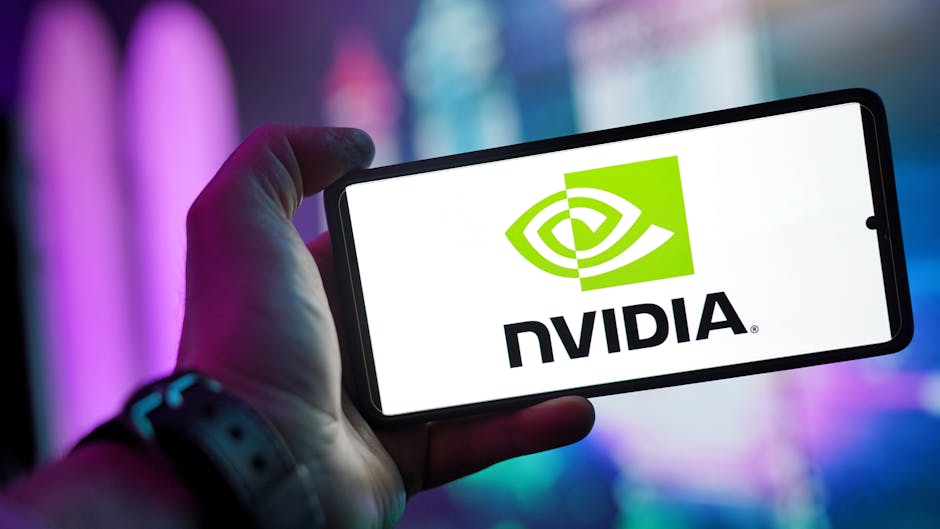Let that number sink in: five trillion dollars. It’s a figure so vast it dwarfs the GDP of nearly every nation, including India’s ambitious economic targets. The company rocketing towards this astronomical valuation isn’t an old-world oil giant but Nvidia, the firm many knew simply for its gaming graphics cards.
The world has changed, and Nvidia is no longer just in the business of entertainment; it’s in the business of intelligence itself. Led by its charismatic, leather-jacket-clad CEO Jensen Huang, Nvidia is now poised to become the world’s first $5tn company, solidifying its role as the undisputed king of the Artificial Intelligence revolution. This isn’t just market hype; it’s a fundamental shift in the global technology landscape.
From Gaming Graphics to AI Dominance
Nvidia’s strategy is simple: it is selling the essential “shovels” in the 21st century’s greatest gold rush—Generative AI. Every time you marvel at ChatGPT’s prose, create an image with Midjourney, or use an AI-powered tool, you are witnessing the power of Nvidia‘s hardware. Its highly specialized Graphics Processing Units (GPUs), like the much-coveted H100 and the new, mind-bendingly powerful ‘Blackwell’ platform, are the engines powering modern AI.
They have moved from rendering pixels on a screen to powering the very neurons of artificial brains. This has given them an unprecedented market position.
The Unbreakable Moat: CUDA and Market Share
Nvidia’s dominance isn’t just about hardware. The company has built a fortress around its business with its CUDA software platform. This proprietary architecture allows developers to unlock the full potential of its GPUs for general-purpose computing. This creates a deep “moat,” making it incredibly difficult for competitors like AMD and Intel to make significant inroads.
With an estimated 80-90% market share in AI chips, Nvidia has turned data centers across the globe into a sea of “Nvidia green,” establishing a near-monopoly on the foundational technology of the AI era.
The India Connection: Fueling a Nation’s AI Ambitions
For India, Nvidia‘s meteoric rise is not a distant story but one deeply intertwined with its own tech ambitions. As Indian conglomerates like Reliance and Tata, alongside a legion of startups, race to build their own Large Language Models (LLMs) and AI infrastructure, their first stop is Nvidia.
Demand for these high-performance chips is soaring domestically. The government’s ambitious ₹10,372-crore India AI Mission, aimed at building sovereign AI capabilities, will lean heavily on the very hardware Nvidia designs. Furthermore, countless Indian retail investors using the Liberalised Remittance Scheme (LRS) have invested in Nvidia‘s stock, riding one of the most incredible wealth-creation waves in modern history.
The Path to a $5 Trillion Valuation
Nvidia has already surpassed giants like Google and Amazon in market capitalization. It is now in a tight race with Microsoft and Apple for the title of the world’s most valuable company—a title it has already briefly held. However, many analysts believe its unstoppable momentum, fueled by insatiable demand, could see it eclipse them both and smash the $5 trillion barrier first.
Of course, challenges remain. Can competitors create a viable alternative? Could geopolitical tensions in the semiconductor supply chain disrupt progress? While these are valid concerns, Nvidia‘s current trajectory is a phenomenon. Its journey from a gaming niche to the pinnacle of global capitalism is a testament to visionary leadership and perfect timing. The story of Nvidia is the story of the AI era, and its next chapter could very well be written with a five and twelve zeroes.




